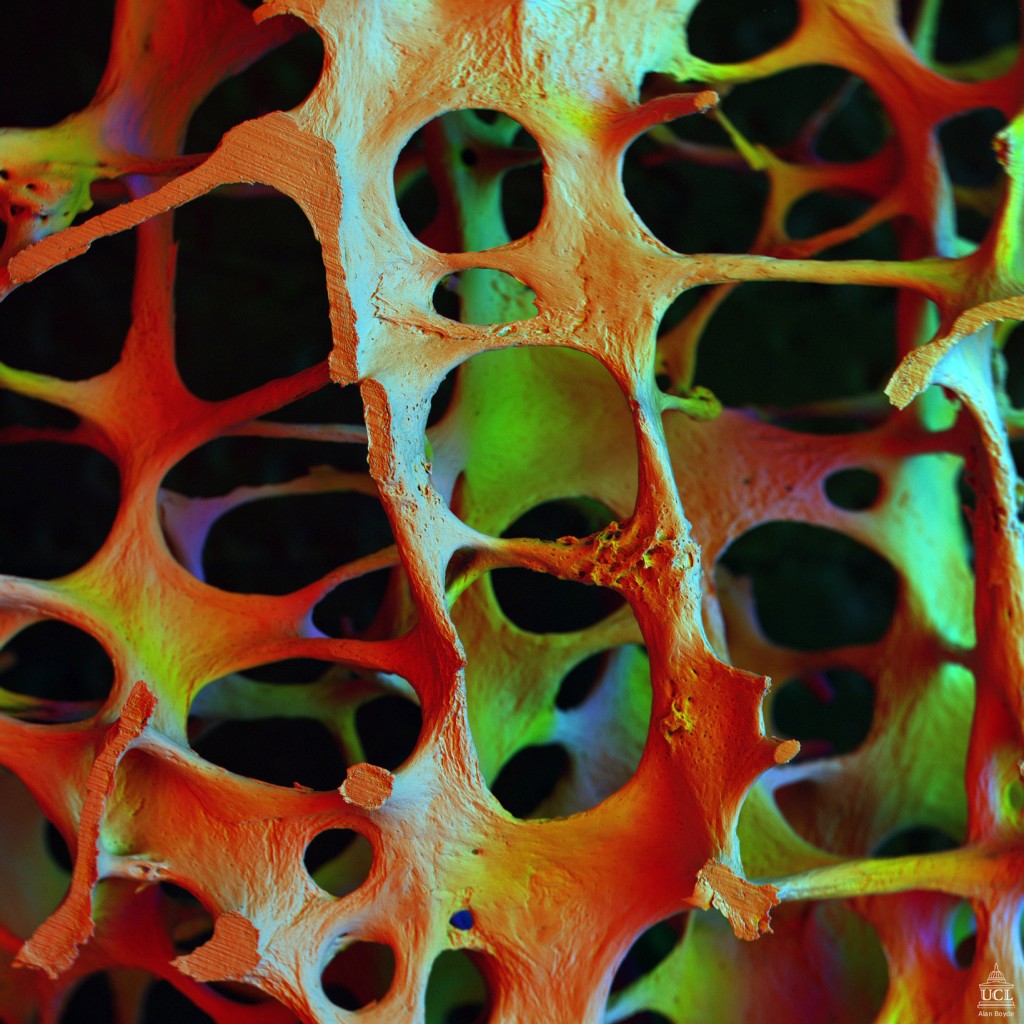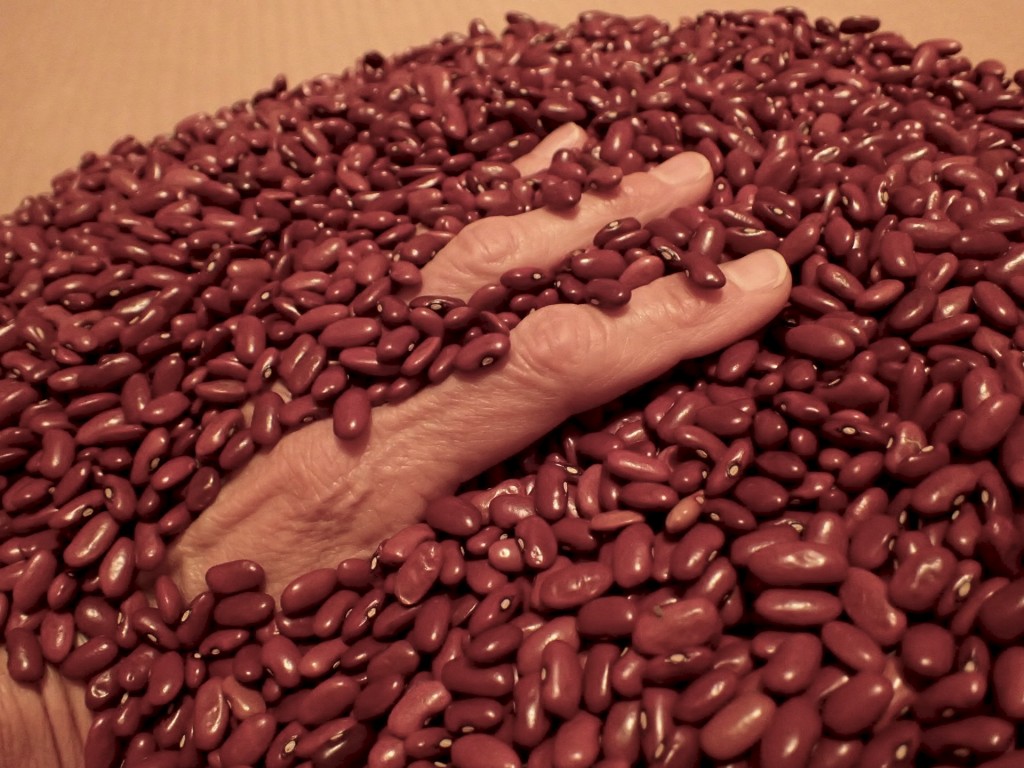
By Rebecca Haseltine, 9/11/16
I just taught in the skeletal system course in the BMC Somatic Movement Educator program in Lorane, OR – with my brilliant co-teachers Mary Lou Seereiter and Amy Matthews.
The bones are a magical and ever mysterious part of us, deep down and also close to the surface. Find your knee cap or ankle bone and tap it – use the end of your finger as a little hammer. Tap it with enough bony clarity in your finger and you’ll hear the resonance of the bone. Find other bony places to tap and listen to the different tone of each bone.
The resonance of the bones is partly due to the mineralized inner structure – mainly calcium and phosphorus in crystalline form to create not only resistance to force but also a built-in resilience. The bones lay down their structure in response to the forces that they meet. The shape of bones can actually change according to the physical stresses they encounter.
The organic part of bone – yes, bones are alive! – includes different specialized bone cells and the fluid environment that sustains them. There is also a skin around the bone called the periosteum that contains the bone and protects the most active of the bone cells. Osteoclasts break down bone and osteoblasts create bone. This process is a model for a dynamic life – we are living and dying at the same time, all the time. We create ourselves and discard what is not needed – every day. What does your periosteum feel like to you?
The marrow deep within the bone creates blood cells, including white blood cells, and in adults also includes fat and stem cells. What do you experience in the marrow of your bones?
When we feel something in our bones, do we feel it in the resonant structure, deep in the marrow, in the processes of building and breaking down, or in something else that is housed in the bone?
What is inner knowing – that cannot be proven, cannot be measured, but is felt deeply and spontaneously? The bones carry so much that is recognizable about who we are – our basic structure of spine and limbs, a skull that protects our brain, a jaw that allows us our diet, feet that can support our uprightness, and hands that can carry and hold and delineate and make meaning. And the bones also are hidden enough that we often forget they exist, trusting them without knowing them. Or knowing them without knowing what we know.


